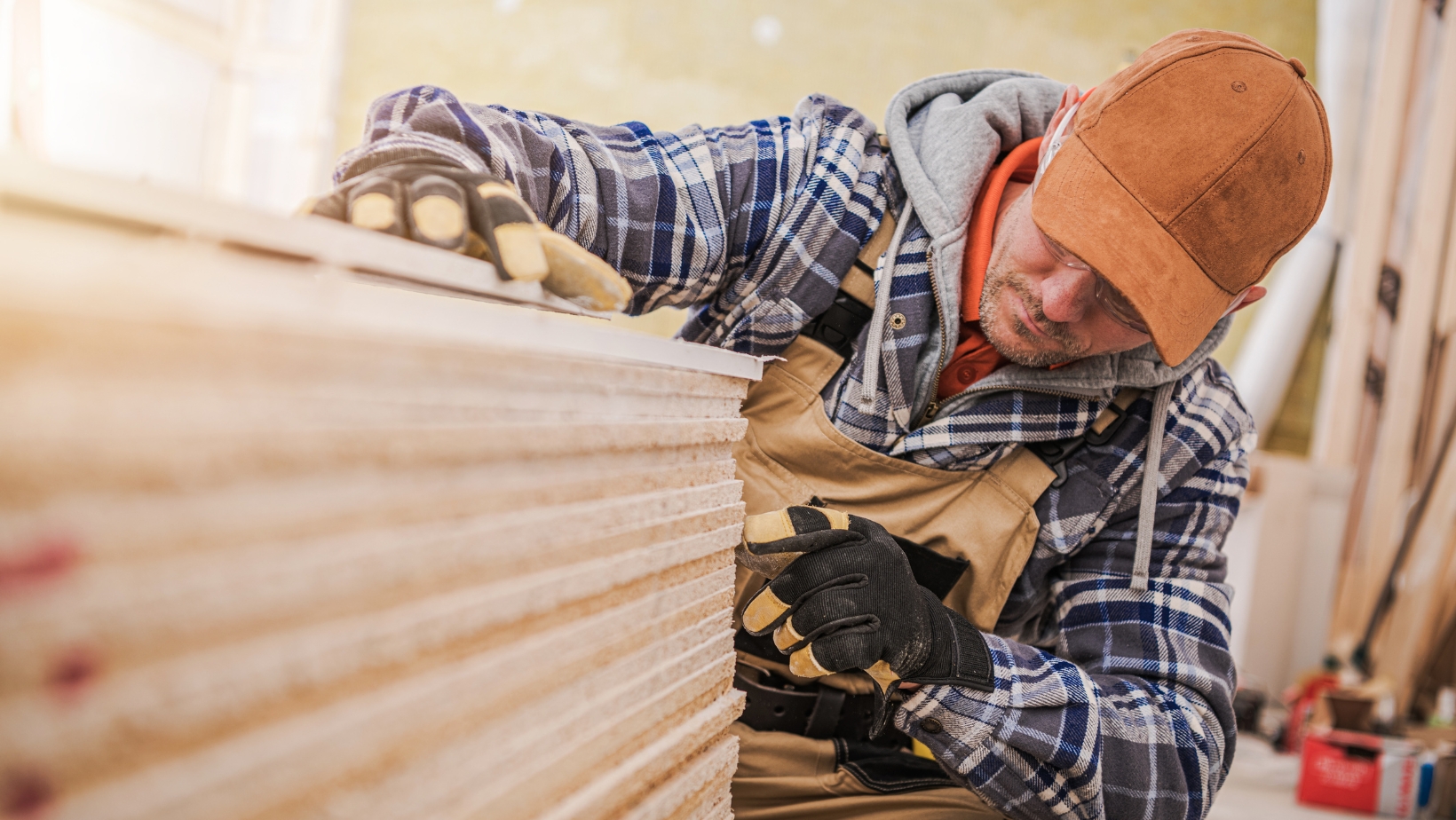When it comes to choosing materials for your garage walls, plywood is often a popular and practical option. Plywood offers several advantages that make it ideal for this purpose.
Firstly, plywood is a versatile material that can withstand the demands of a garage environment. It is strong and durable, capable of withstanding impacts and resisting damage from moisture and temperature fluctuations. This makes it an excellent choice for protecting your walls from dings, scratches, and other wear and tear.
Additionally, plywood provides insulation properties that can help regulate the temperature in your garage. By acting as a barrier against heat transfer, it can help keep your garage cooler in hot weather or retain warmth during colder months. This not only enhances comfort but also helps reduce energy costs associated with heating or cooling the space.
Moreover, plywood is relatively easy to install on garage walls. Its uniform thickness allows for straightforward cutting and fitting, making the installation process more efficient compared to other wall materials. With proper installation techniques, plywood can provide a smooth surface that is ready for painting or other finishing touches.
Table of Contents
TogglePlywood for Garage Walls
Enhanced Durability
When it comes to choosing the right material for your garage walls, plywood emerges as a top contender. One of the key benefits of using plywood is its enhanced durability. Unlike other wall materials that may succumb to wear and tear over time, plywood offers exceptional strength and resilience.
Plywood is made by layering thin sheets of wood veneer together with adhesives, creating a strong and stable structure. This construction method makes plywood highly resistant to warping, cracking, and shrinking, even in fluctuating temperatures or high humidity environments commonly found in garages.
Cost-effective Solution
Another advantage of using plywood for garage walls is its cost-effectiveness. Compared to alternative options like drywall or metal panels, plywood typically proves to be more budget-friendly while offering comparable performance.
Plywood boards come in various thicknesses and sizes, allowing you to choose the most suitable option based on your needs and budget constraints. Additionally, installation costs for plywood tend to be lower compared to other materials due to its ease of handling and straightforward installation process.
Versatile Design Options
One aspect that sets plywood apart from other garage wall materials is its versatility in design options. Whether you prefer a rustic aesthetic or a modern look, plywood can be customized to fit your desired style effortlessly.
You can leave the natural grain visible for a warm and organic feel or apply paint or stains for a more polished appearance. Additionally, decorative treatments such as applying wallpaper or adding texture can further enhance the visual appeal of plywood walls.

Step-by-Step Guide to Installing Plywood on Garage Walls
- Locate and mark studs: Use a stud finder to locate the wall studs behind any existing drywall or insulation. Mark their locations vertically from floor to ceiling using a carpenter’s pencil.
- Cut plywood panels: Measure and cut each plywood panel according to your marked dimensions using a circular saw or table saw, ensuring they fit snugly between adjacent studs.
- Install first panel: Begin by installing the first panel at one corner of your garage wall, aligning its edge with one stud line. Ensure it is level both horizontally and vertically before securing it in place.
- Secure with screws/nails: Attach the plywood panel to each stud using appropriate screws or nails, spaced about 6 inches apart along each vertical stud line.
- Repeat installation process: Continue installing additional panels one by one, making sure each panel fits tightly against neighboring panels and remains level throughout the installation process.
- Trim around windows and doors: If necessary, measure and cut plywood panels to fit around any windows or doors. Ensure they are properly aligned and securely fastened.
- Finishing touches: Once all the plywood panels are installed, inspect the walls for any gaps or imperfections. Fill these gaps with wood filler or caulk, sanding down any rough edges for a smooth finish.
- Optional: Paint or seal the plywood: Consider painting or sealing the plywood to enhance its appearance and protect it from moisture damage.
Choosing plywood for your garage walls offers numerous benefits such as enhanced durability, cost-effectiveness, and versatile design options. Its strength and resistance make it a reliable choice that can withstand the demands of a busy garage environment while providing ample opportunities for customization. Whether you’re looking to protect your walls or create an inviting space, plywood proves to be a practical and attractive solution.





